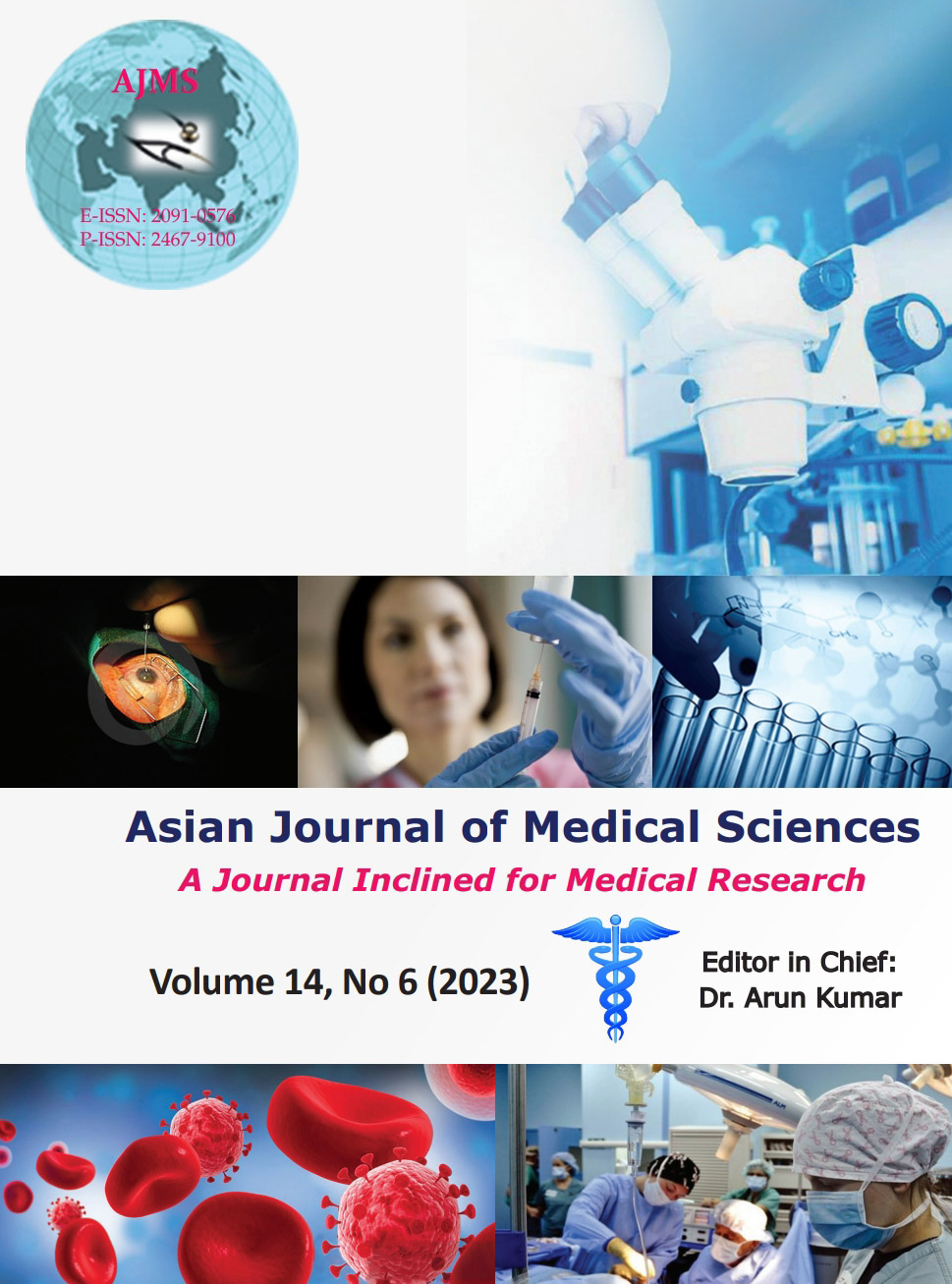Clinical spectrum and laboratory profile of scrub typhus in children: A study from tertiary care hospital in Uttarakhand, Northern India
Keywords:
Scrub typhus; Eschar; Meningitis; ChildrenAbstract
Background: Scrub typhus is a mite-born disease scrub. It commonly manifests as an acute febrile illness with multi-system involvement. It is regarded as a life-threatening disease in children, with serious complications usually occurring in the 2nd week of illness.
Aims and Objectives: The aims of this study were to explore the clinical and laboratory profile of children with scrub typhus.
Materials and Methods: All children admitted with scrub typhus over 1-year duration were enrolled in the study. The clinical, laboratory profile, and outcome were observed and analyzed.
Results: A total of 47 children were diagnosed with scrub typhus, 17 (36.1%) children had clinical and laboratory evidence of meningitis. The most frequent presenting features were fever (100%), headache (82.4%), vomiting (82.4%), seizures (41.2%), and altered sensorium (70.6%). The mean duration of fever was 6.57 days, eight children (7%) had persistent fever for >14 days duration. Other complications reported were hepatitis 2 (4.3%), hepatosplenomegaly in 18 (38.3%) acute respiratory distress syndrome 2 (4.3%), and shock 31 (66%). The mean cerebrospinal fluid (CSF) protein, glucose, and cell count was 65.75±9.27 mg/dL, 45.00±7.23 mg/dL, and 65.94±52.72 cells/mm3 of CSF, respectively, with lymphocyte count of more than 96% in all cases. Most patients had lymphocytic pleocytosis and the mean lymphocyte percentage was 96.2%±4.5%. Out of all 47 patients, 45 (84.61%) patients recovered with appropriate antibiotics in both groups, while two (15.38%) patients expired in the group without meningitis.
Conclusion: A high degree of suspicion and knowledge of the geographical distribution of Rickettsial diseases is crucial for its early diagnosis and favorable outcome. Scrub typhus should be considered in the differential diagnosis of aseptic meningitis.
Downloads
Downloads
Published
How to Cite
Issue
Section
License
Copyright (c) 2023 Asian Journal of Medical Sciences

This work is licensed under a Creative Commons Attribution-NonCommercial 4.0 International License.
Authors who publish with this journal agree to the following terms:
- The journal holds copyright and publishes the work under a Creative Commons CC-BY-NC license that permits use, distribution and reprduction in any medium, provided the original work is properly cited and is not used for commercial purposes. The journal should be recognised as the original publisher of this work.
- Authors are able to enter into separate, additional contractual arrangements for the non-exclusive distribution of the journal's published version of the work (e.g., post it to an institutional repository or publish it in a book), with an acknowledgement of its initial publication in this journal.
- Authors are permitted and encouraged to post their work online (e.g., in institutional repositories or on their website) prior to and during the submission process, as it can lead to productive exchanges, as well as earlier and greater citation of published work (See The Effect of Open Access).




